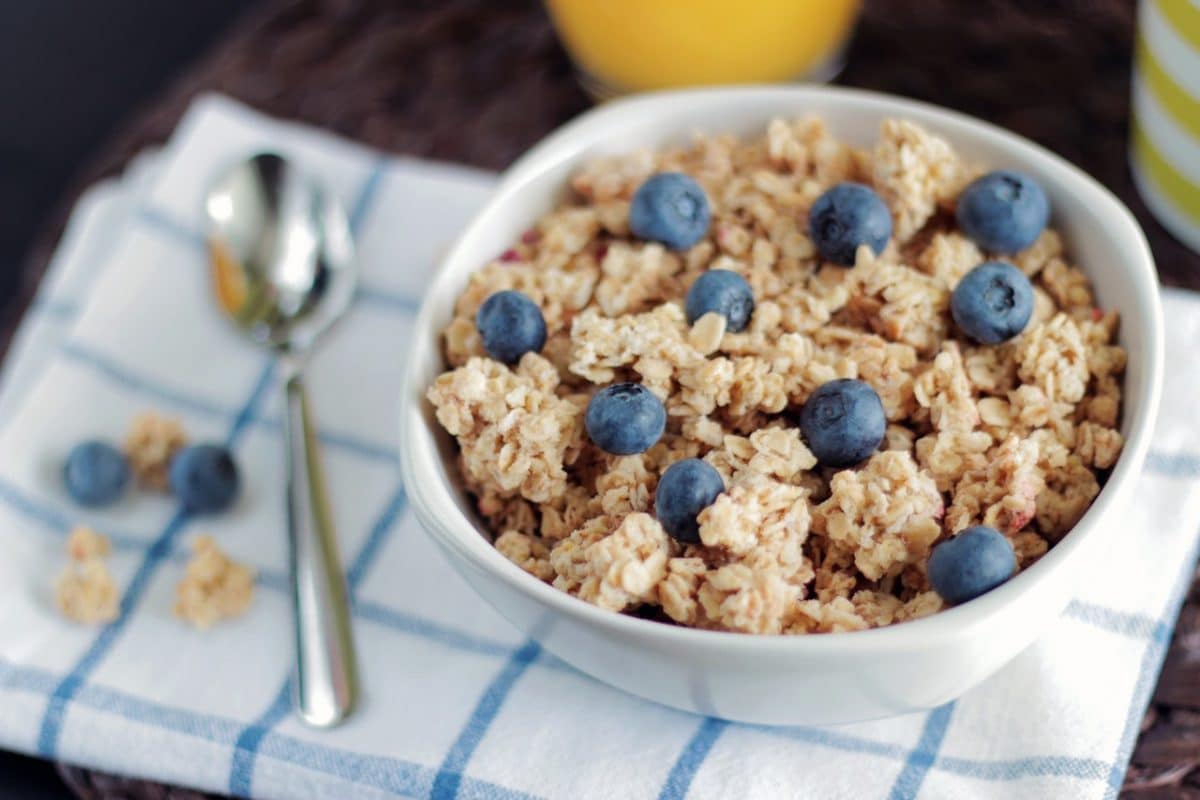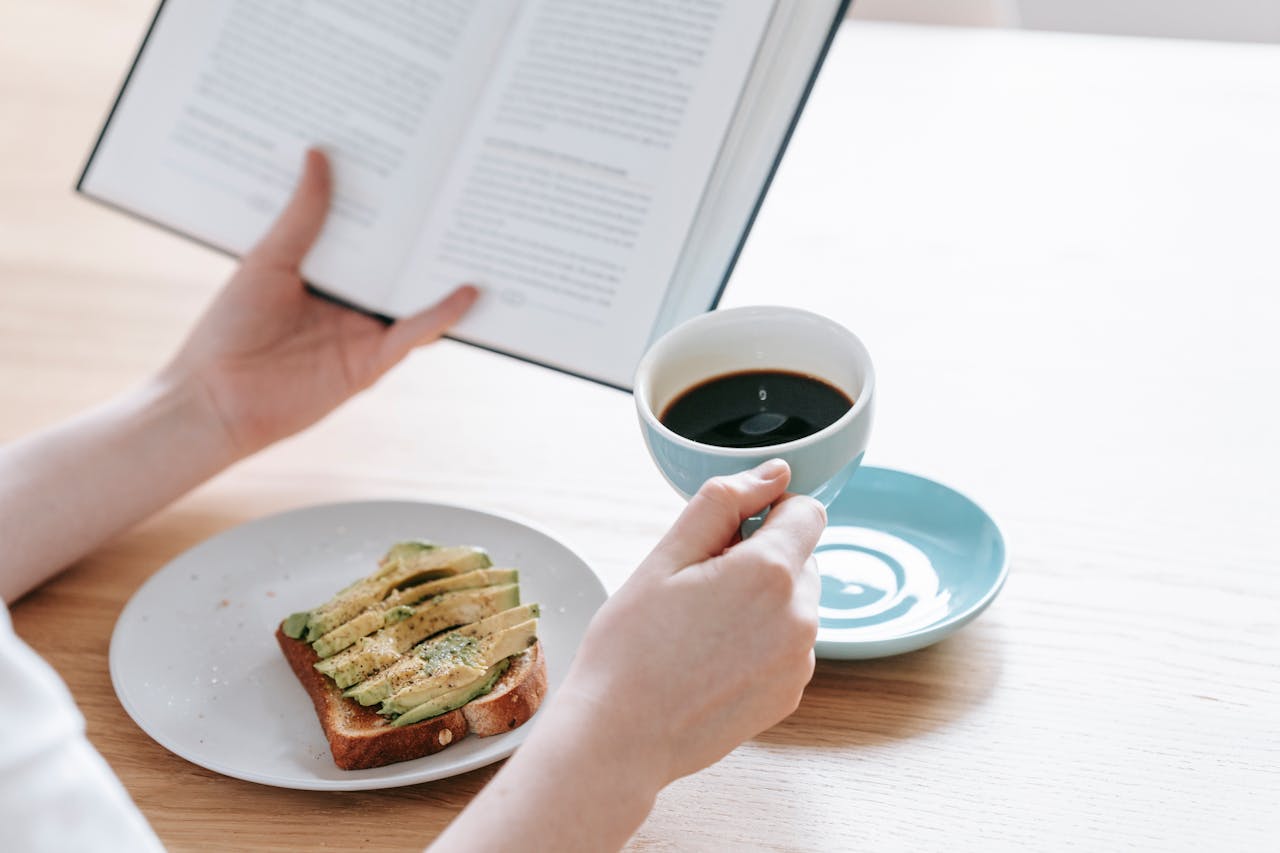
Share this post!
The Environmental Working Group (EWG) shocked consumers with the news that popular oat-based breakfast foods contain alarming levels of a weed killer called glyphosate. Independent laboratory tests of 61 breakfast products, like Cheerios, Lucky Charms, and Quaker Oats, revealed startling results.
Glyphosate was detected in 43 of the 45 products made with conventionally grown oats and in 5 of the 16 products made with organically grown oats. None of the organic products had levels that surpassed what the EWG considers to be safe for children, but 31 of the conventional products exceeded EWG’s health safety limits.
The products that the EWG tested are seen in almost every home in America. Some of the highest levels of glyphosate residues were found in Quaker Old-Fashioned Oats, Quaker Dinosaur Eggs Instant Oatmeal, Back to Nature Classic Granola, Lucky Charms, and Cheerios.
The full EWG report includes fascinating historical information about glyphosate, its health effects, and how it is monitored in our food. Here we summarize 7 key points we have learned from what we call the “glyphosate-cereal scare.”
1. Glyphosate is not only used on genetically modified crops (GMOs)
Glyphosate is the most widely used weed killer in the United States. It is the main ingredient in RoundUp, an herbicide made by Monsanto. The use of RoundUp skyrocketed in the late 1990s, after Monsanto introduced genetically modified, RoundUp-Ready soy and corn. GMO soy and corn were genetically modified to resist being killed by RoundUp, which quickly kills all other plants in its path. But now glyphosate is sprayed on more than just GMO soy and corn.
Glyphosate is increasingly being used—even on non-GMO crops—to dry them out before harvest. When crops like oats, wheat, beans, and lentils are sprayed with glyphosate, they dry out faster and can be harvested sooner than if left to dry on their own. The pre-harvest application of glyphosate is to blame for the alarming levels detected in the breakfast foods tested by the EWG.
Crops that are commonly sprayed with glyphosate before harvest include oats, wheat, beans, lentils, peas, and potatoes.
2. Glyphosate is probably carcinogenic to humans
One week before the EWG released their report of glyphosate in cereal, Monsanto lost a 289-million-dollar lawsuit in a case of a man dying of cancer. The man had developed non-Hodgkin’s lymphoma after intense exposure to the weed-killing poison glyphosate when working as a school groundskeeper.
The International Agency for Research on Cancer (IARC) evaluates compounds for the cancer risk posed to animals and humans. Despite strong opposition from Monsanto, IARC has classified glyphosate as “probably carcinogenic to humans.” California has listed glyphosate on its Proposition 65 list of chemicals known to cause cancer.
3. There is an “acceptable” level of glyphosate in foods
That’s right. It is acceptable to have a certain amount of weed killer in our food. As is the case with all environmental contaminants and toxins, watchdog organizations (like the EWG) are forced to establish allowable levels in our food, air, and water. Acceptable levels do not exist because it is okay to ingest toxins but rather because it is unavoidable.
The EWG has declared that an acceptable level of glyphosate in food is 160 parts per billion (ppb). Scientists at the EWG came to this number by calculating that glyphosate poses a cancer risk of one in a million at an intake of 0.01 milligrams per day. If cereal is laced with 160 ppb of glyphosate, a person will ingest 0.01 milligrams by eating one 60-gram serving.
Although a one-in-a-million cancer risk seems safe, many people are consuming far more than one 60-gram serving of cereal per day. For granola, that equates to only two-thirds of a cup. It is often said that “the dose makes the poison,” and exposures can add up quickly.
4. Old-fashioned oatmeal is not so old-fashioned anymore
Quaker Oats have been around for more than 140 years. They deserve to be called old-fashioned. Sadly, the oats inside the classic cylinder with the white-haired man are not the same oats that were in there a century ago.
One of the samples of Quaker Old-Fashioned Oats that was tested by the EWG contained glyphosate at a level of 1100 ppb. The level was so high that they tested another sample. That one came in at 1300 ppb. Yikes. Of all the products that the EWG tested, Quaker Old-Fashioned Oats came topped the list as the worst offender.
5. Reading labels won’t help
When it comes to choosing packaged or processed foods, most health-conscious individuals are accustomed to avidly reading nutrition labels. The ingredient list will reveal if a product contains high-fructose corn syrup, artificial flavors, food dyes, or preservatives. The ingredient list will not reveal glyphosate.
Because glyphosate is used in the agricultural production of foods, it is not considered an actual ingredient. That means there is absolutely no way to identify the presence of glyphosate by reading a label in the store. Instead, we need to assume that conventionally grown oats, wheat, and beans contain at least some level of glyphosate residue.
There is a voluntary certification that companies can get if they so choose. It is called the Glyphosate Residue-Free stamp from the Detox Project. It would be great if we could choose to purchase only foods with this certification, but very few brands have it. Interestingly, the Detox Project also sells kits that you can use at home to test glyphosate residues of foods in your very own kitchen.
6. There will always be those who don’t want to face the facts
Some people would rather bury their heads in the sand than face the ugly truth that our food supply is contaminated. News reporters took to the microphones when the EWG report was released. They tried to rationalize that these are foods we all grew up on or that we find out something new causes cancer every day. Dietitians went on the air to say that it is okay to eat these foods on occasion or that they still feel comfortable giving these cereals to their kids.
Kellogg, General Mills, and Quaker Oats were also quick to respond to the report from the EWG. Each company came out with a similar statement, reiterating the quality and safety of their products. They emphasized that their products meet safety standards established by the Environmental Protection Agency (EPA).
The claim that these products do not exceed EPA safety standards is entirely accurate. None of these companies are breaking laws. The EPA has set allowable levels for glyphosate residues in food that far exceed the “acceptable” level according to the EWG. The kicker is that they state these levels in parts per million rather than per billion. The EPA’ tolerance level for glyphosate residues on cereal grains is 100 parts per million—which equates to 100,000 parts per billion.
7. Purchasing organic food is more important than ever
The biggest takeaway message from the glyphosate-cereal scare is that it is more important than ever to purchase organic foods. Regulations do not allow for organically grown crops to be sprayed with synthetic herbicides, like glyphosate. Although organic foods can still become contaminated (the EPA report detected glyphosate in a handful of organic products), the residue levels are significantly lower in organic than in conventional products.
Consumers have been aware for quite some time of the importance of purchasing certain organic fruits and vegetables—particularly those on the EWG’s Dirty Dozen list. Many are also aware that toxins accumulate up the food chain, making it important to also choose organic animal products. Now we discover that conventionally grown grains and beans are highly contaminated. That rounds out the list. For the health of ourselves, our children, and our planet, it is more critical than ever before that we commit to purchasing organically grown food.
View the full EWG report and products tested.
Image: Image by JÉSHOOTS is licensed under CC0 1.0
Share this post!




















